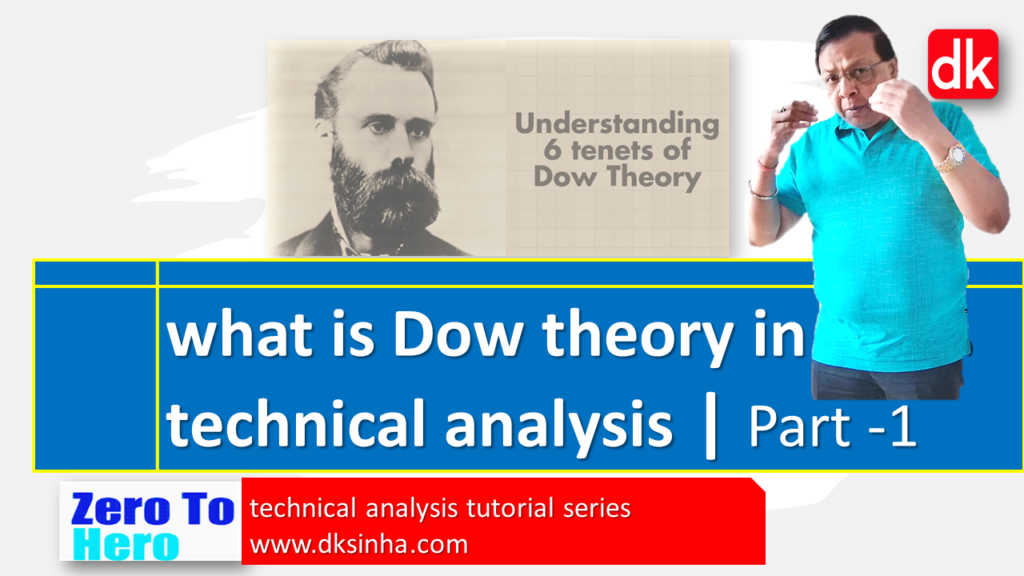Doctrines of Charles H Dow (1851 – 1902) on stock market | Dow theory

What Is the Dow Theory in technical analysis? Dow theory primarily has six tenets which is derived from 255 editorials of Charles H Dow who is the founder editor of Wall Street Journal. Charles H Dow made several observations on stock market movements which is the foundation of modern-day technical analysis of stock market and […]
Position Sizing in stock investment

Let us first understand what is position sizing? Risk management and position sizing while trading in the stock market is probably one of the most important aspects to attain overall success but it remains neglected by majority traders in the stock market We all know that investing and trading in the stock market is quite […]
Technical analysis stocks

Technical analysis of stock in a nutshell . We all know that technical analysis is a proven method for over a century to analyze the stock market and stocks or any securities traded in financial markets or exchanges. Stock market attracts the majority of people because it’s a game where money can be made. Because […]
Overview of stock market course for beginners

D K SINHAD K Sinha is an engineer with experience over 23 years with Govt of India enterprise and took VRS in 2005. After VRS, he has learnt all about stock market by reading several books on the subject authored by top technical analysts globally including participation in national & international conferences in financial service […]